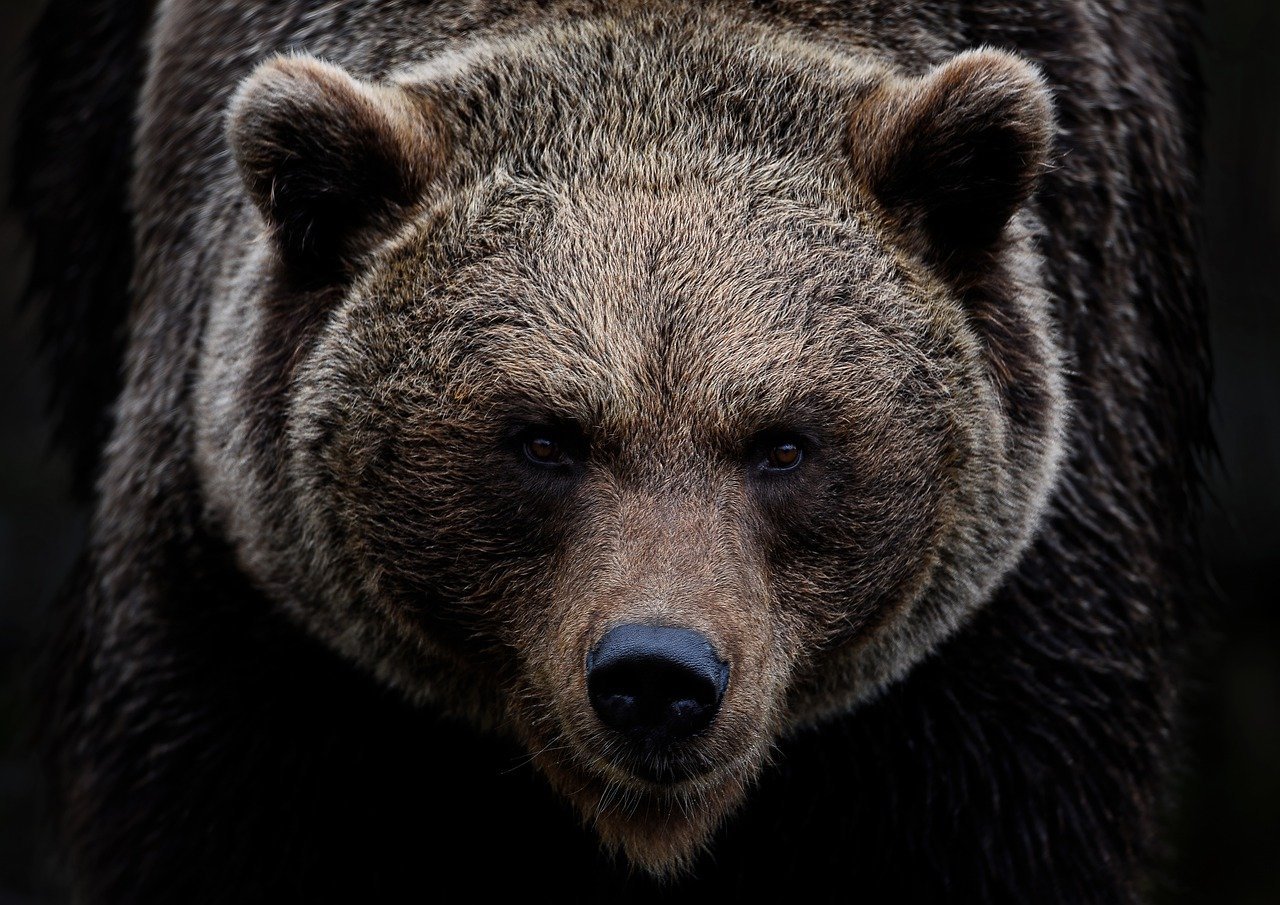

If you love the outdoors, especially if you live or play in North American bear country, you can probably name a few myths about bears, but can you tell bear facts from bear fiction?
Bears are powerful, resourceful, and fascinating. They can mimic each other’s facial expressions and toss dumpsters like beach balls. From the great grizzlies of North America to the giant pandas of China, bears have captivated humans and commanded their respect for centuries.
We love a good bear story here at Outdoors.com (and a good Bear Grylls story, too), so we’ve compiled a bear-facts list to rule them all—50 bear facts, to be exact, and we bust several bear myths. (Spoiler alert: Bears don’t hibernate.)
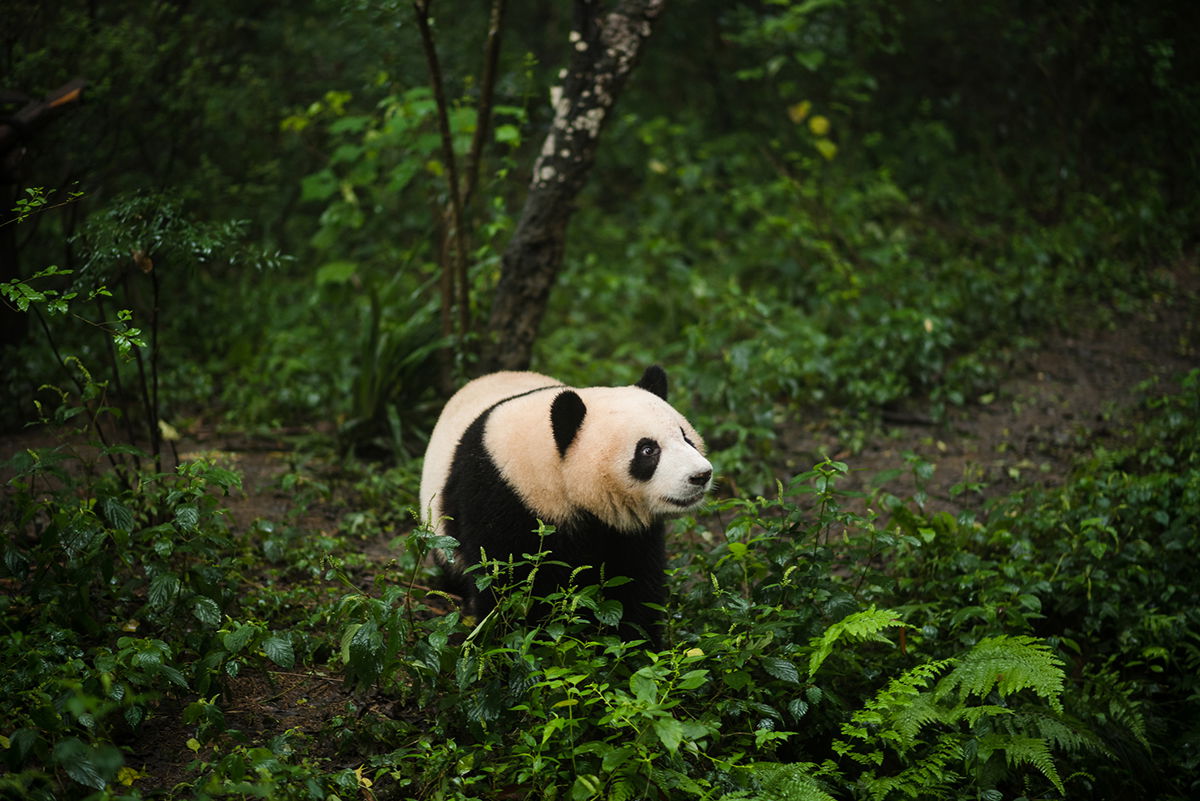
50 Incredible Bear Facts
- Bears are large mammals collectively called “ursids”, because they belong to the Ursidae family.
- Bears are omnivores, which means they eat meat and plants, like most humans.
- There are eight species of bears: the American black bear, the Asiatic black bear, the brown bear, the giant panda, the polar bear, the sloth bear, the spectacled bear, and the sun bear.
- Six of eight bear species are considered “vulnerable” by the IUCN. American black bears and brown bears are the only two bear species that are not listed as vulnerable.
- Bears have personalities. Individual bears vary in their boldness, sociability, and curiosity. These differences influence how individual bears react to their environment and proves that bears are unpredictable.
- Koalas are not bears, despite their nickname “koala bears”. Koalas are marsupials, a group of mammals that also includes kangaroos and wombats.
- Red pandas aren’t bears, either. These cute animals are more closely related to raccoons than giant pandas or any other bear.
- An extinct bear called the greater short-faced bear stood up to 11 feet tall. It lived in North America during the Ice Age.
- American black bears aren’t always black. These North American bears can also be chocolate brown, brownish-orange (cinnamon), or blonde. There’s even a rare blueish-gray color type found in southeast Alaska and northwestern British Columbia.
- Bears walk heel-toe like humans, and that’s pretty rare for a mammal. Many mammals (like dogs and cats) walk and run on the balls of their feet, and many others (like horses and deer) walk on their toes.
- Bears have a great sense of smell, which helps them find food. Campers should tie their garbage up and hang it high or put it in a bear locker overnight to keep hungry bears out of their campsite.
- The idea that bears are drawn to the smell of menstrual blood appears to be a myth, except maybe for polar bears. Read the research here.
- A bear’s diet depends on its habitat and varies by species. Many bears eat berries, fish, insects, and small mammals.
- Giant pandas’ diet is different from most other bears’ diets, because they almost exclusively eat bamboo. Their big molars, strong jaws, and specialized digestive system makes it possible to eat up to 84 pounds of bamboo a day.
- Bamboo isn’t the only food for a giant panda. The bear species also occasionally eats small mammals or scavenges on a dead animal carcass.
- The iconic black-and-white giant panda can also have much lighter coloration. A handful of brown-and-cream giant pandas have been spotted in China’s Qinling Mountains.
- Bears can recognize real-life objects in photos, an uncommon sign of intelligence among animals.
- Bears communicate with each other using vocalizations as well as body language and facial expressions.
- A grizzly bear is an estimated 2.5-5 times stronger than a human. When given a 700-pound metal dumpster, researchers noted, “It was like a beach ball to them.”
- The California grizzly was hunted to extinction in the 1920s. It’s still featured on the California state flag.
- Grizzlies are the fastest bears and can run up to 35 miles per hour.
- Brown bears live not only in North America but also in Europe and Asia. Eurasian species include Eurasian brown bear and the Himalayan brown bear.
- Although brown bears are usually medium-brown, their fur can vary in color from very light brown to almost black. The Tibetan brown bear is also called the Tibetan blue bear because its fur appears to have a blue-gray sheen.
- The grizzly bear’s scientific name is Ursus arctos horribilis. While grizzlies aren’t horrible like their scientific name suggests, they are awe-inspiring due to their mass (up to 700 pounds) and incredible strength.
- To distinguish a brown bear from a black bear, look for a brown bear’s characteristic hump—a mass of shoulder muscle that helps them dig.
- Bears make a variety of sounds, including grunting, moaning, huffing and chuffing, and growling.
- Bears rub up against trees to add their scent to an area. This helps bears keep track of each other in their overlapping home ranges.
- Polar bears live in the Arctic and are the largest bear species. They have a dense fur coat to insulate them from the cold and webbed toes to help them swim.
- A polar bear’s paws are covered by little bumps. This keeps the bears from slipping on ice.
- Like other bears, polar bears have a layer of fat that serves as an energy reserve, but they don’t have blubber (a specialized type of fat common in marine mammals like whales and seals).
- Polar bears rely on sea ice to hunt seals. As Arctic sea ice melts due to climate change, it makes life harder for polar bears.
- Pregnant polar bears build dens in snow drifts when it’s time to give birth. This process, called “denning”, is essential for the cubs’ survival.
- Polar bears have black skin, and even though their fur appears white, it’s actually hollow and clear. These hollow hairs help hold heat close to their bodies.
- Grizzly/polar bear hybrids are a thing—should we call them “grolar bears” or “pizzly bears”?
- Bears can stand (and walk) on two legs. They often stand on two legs to get up higher to investigate something that interests them.
- Bears can’t retract their long, curved claws.
- Moon bears, also called Asiatic black bears, live in the forests of Asia. They have black fur with a light-colored chest patch that looks like a crescent moon.
- Sloth bears have shaggy black fur and an appetite for creepy-crawlies. Their special lips and tongue suck up termites and ants like a vacuum.
- The sun bear of Southeast Asia is the smallest bear species at about 4 feet tall. It has black fur, except for a light-colored chest patch shaped like a ‘U’.
- Sun bears copy each other’s facial expressions as a way to communicate and play.
- The Malayan sun bear has the longest tongue among bears. Its tongue can be nearly 10 inches long, which helps the bear eat insects like termites and ants, as well as honey from beehives.
- Spectacled bears or Andean bears are the only bears in South America. They have light-colored fur around their eyes, which makes it look like they’re wearing spectacles.
- Spectacled bears build platforms and “nests” in trees.
- Running from a bear is a bad idea, because it might trigger the bear’s instinct to chase. Instead, back away slowly, make noise, and do whatever you can to make yourself look bigger than you are. You should also consider carrying bear spray.
- Bears don’t hibernate; they enter a state of winter sleep called torpor. During winter sleep, a bear’s heart rate slows and its body temperature drops. It can go without eating, drinking, and excreting waste for months.
- Bears in torpor don’t sleep the whole winter. They wake up periodically to move around their dens, nurse their cubs, or just stretch and reposition themselves.
- Bear cubs are born blind and nearly bald. They’re dependent on mom for the first several months of life.
- Bears can live for 30+ years.
- Bears tend to live alone, except during mating season and when mothers are raising cubs.
- If you did come across a group of bears, though, you’d call it a “sleuth” or a “sloth” of bears, which would make a group of sloth bears “a sloth of sloth bears.”
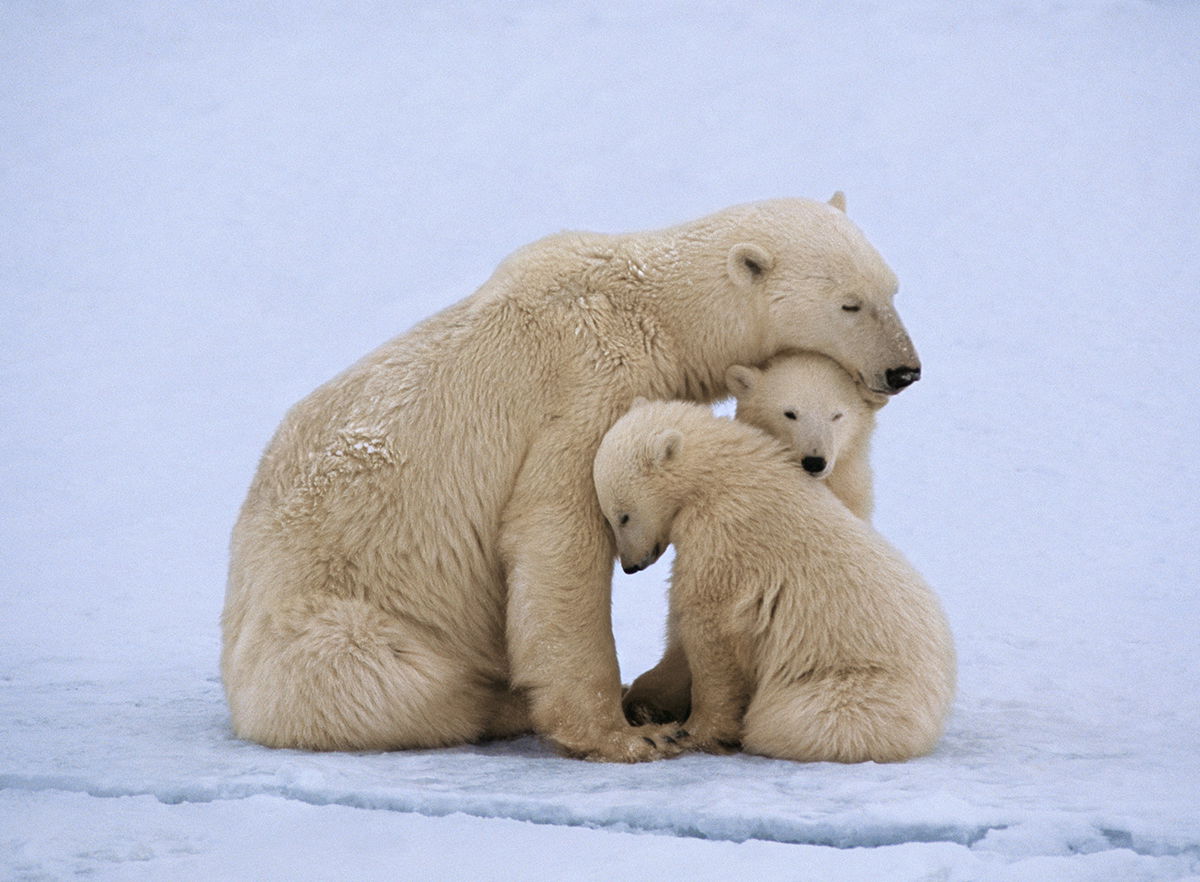
Should we keep going to 100? Drop your favorite bear fact below.
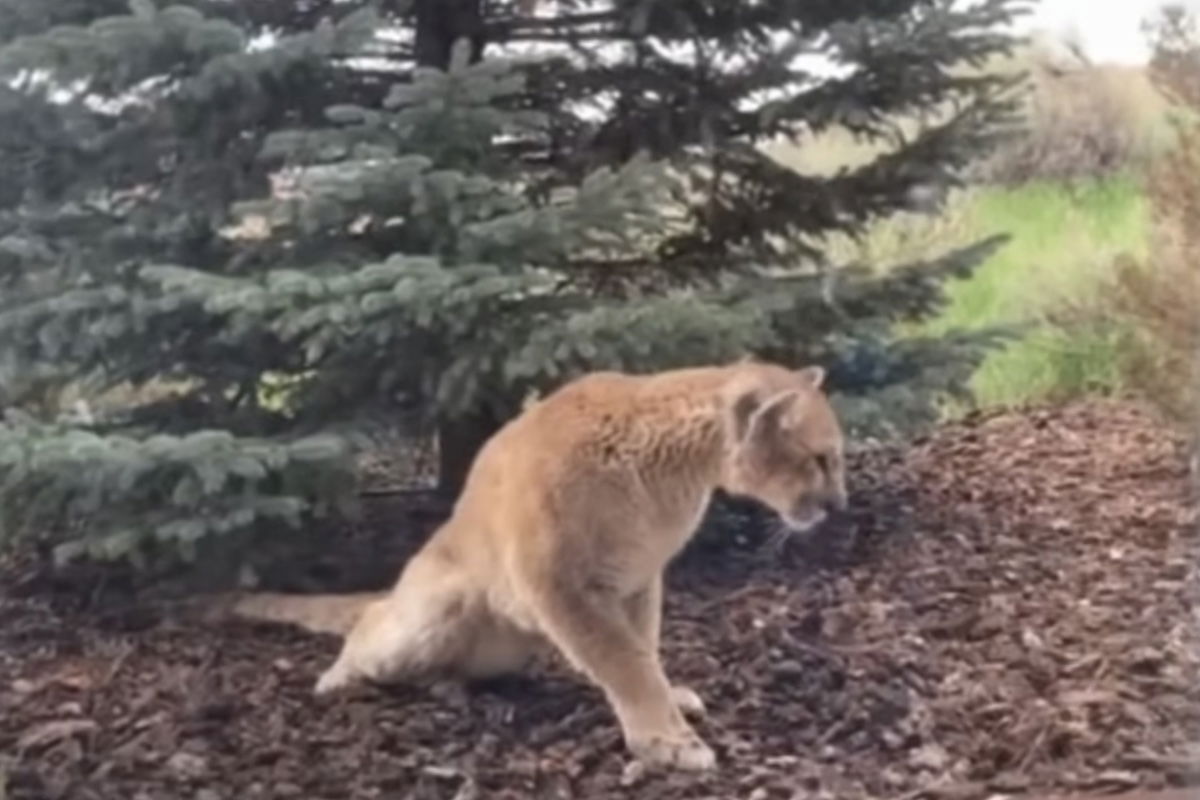
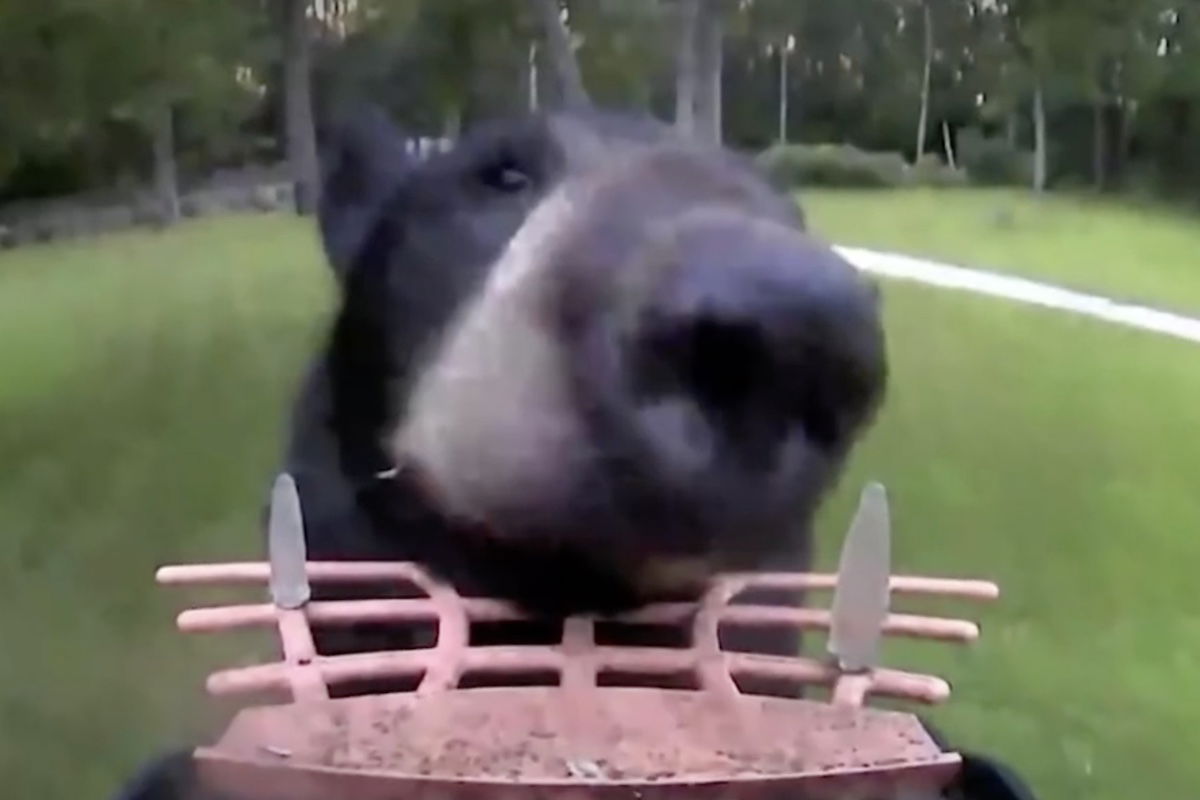
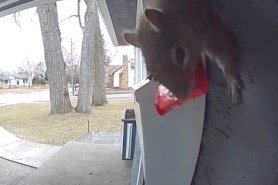



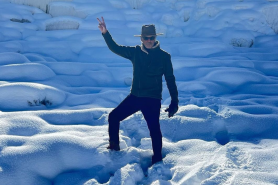
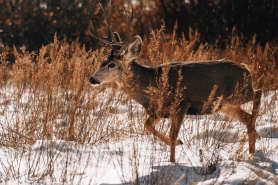
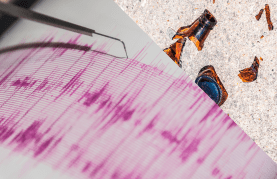
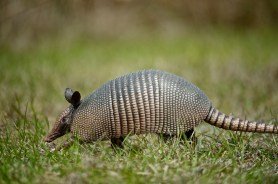
Pingback: 50 Incredible Bear Facts, Stories, And Busted Myths - Freedomroads Open Kitchen